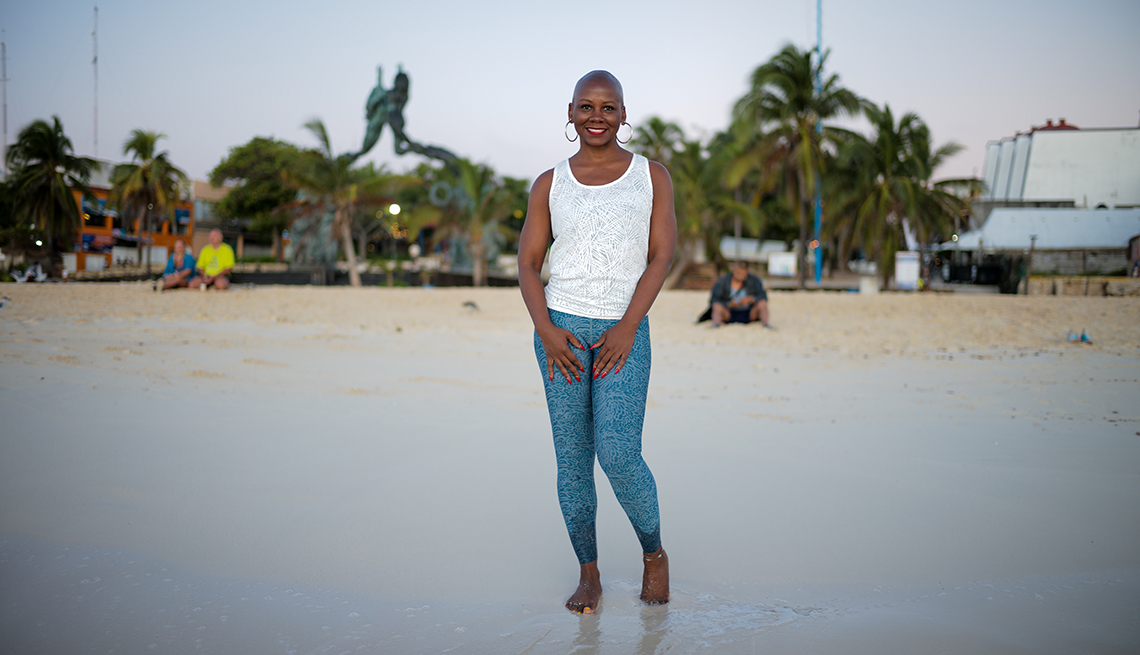AARP Hearing Center


You’ve reached “pretirement,” the period when you’re closer to the end of your career than the beginning and starting to see retirement on the horizon. Maybe your vision of post-work life is crystal-clear — but more likely, it’s still a bit fuzzy around the edges, or even a total blur.
Sharpening the image will require thoughtful preparation. Doing a test run of your envisioned future can help ensure a smoother transition when the time comes.
Think of it as a dress rehearsal for retirement, a chance to try out different elements of your planned future and make sure you’re right about when, where and how you want to live your golden years. Here are some pointers for doing a well-planned pretirement test drive.
Identify your aspirations
Begin by drafting your own desired version of retirement. How do you envision your daily routine? Where do you plan to live, and why? How important is it to be near family? Having a tangible blueprint of your desires will serve as a compass during your test run.
Consider, too, what activities you wish to engage in, skills you hope to learn and places you aspire to visit. Most 50-plus workers surveyed for a 2023 study by the Transamerica Center for Retirement Studies anticipate their post-work years being a time of freedom and enjoyment, with travel being the most popular retirement dream (cited by 65 percent of respondents).
Don’t be swayed by the crowd, though, if you suspect your ideal retirement would be spent at home tending your garden or mastering the piano. The key is to create a vision based on your unique interests and values.
Design your test runs
Craft scenarios to mimic your envisioned retirement lifestyle. This could include using time off from work to immerse yourself in hobbies or community activities or using vacations to explore prospective retirement destinations.
If remote work is an option, you might even consider relocating temporarily. This will give you an opportunity to explore a locale to make sure it’s a good fit. The key is to simulate the retirement you picture as closely as possible to glean authentic insights.
That’s what Elayne Fluker did as she envisioned retiring abroad. In July 2021, Fluker, an executive coach then based in Atlanta, spent two weeks in the Mexican retirement hot spot of Playa del Carmen. In October 2022, she returned for a month. Two months later, at age 49, she made the move permanent.
“For me, that was really long enough to get a sense of things,” she says. “I love it here. I’m near the beach. I get to do so much outdoors. I have a coworking space with others. Playa del Carmen aligns with everything I wanted and more.”
If you’re contemplating an international retirement, research locations thoroughly and visit like a local, Fluker advises.
“Don’t stay at hotels or resorts. That’s not what life will be like,” she says. Instead, immerse yourself in a region by renting a place in a residential area and getting to know the neighbors to get a better feel for everyday life there.
























































































More From AARP
7 Keys to Pretirement Planning With Your Partner
Start early, seek common ground on retirement choicesEssential Social Security Tips for People 50-Plus
Factor future benefits into your retirement planning